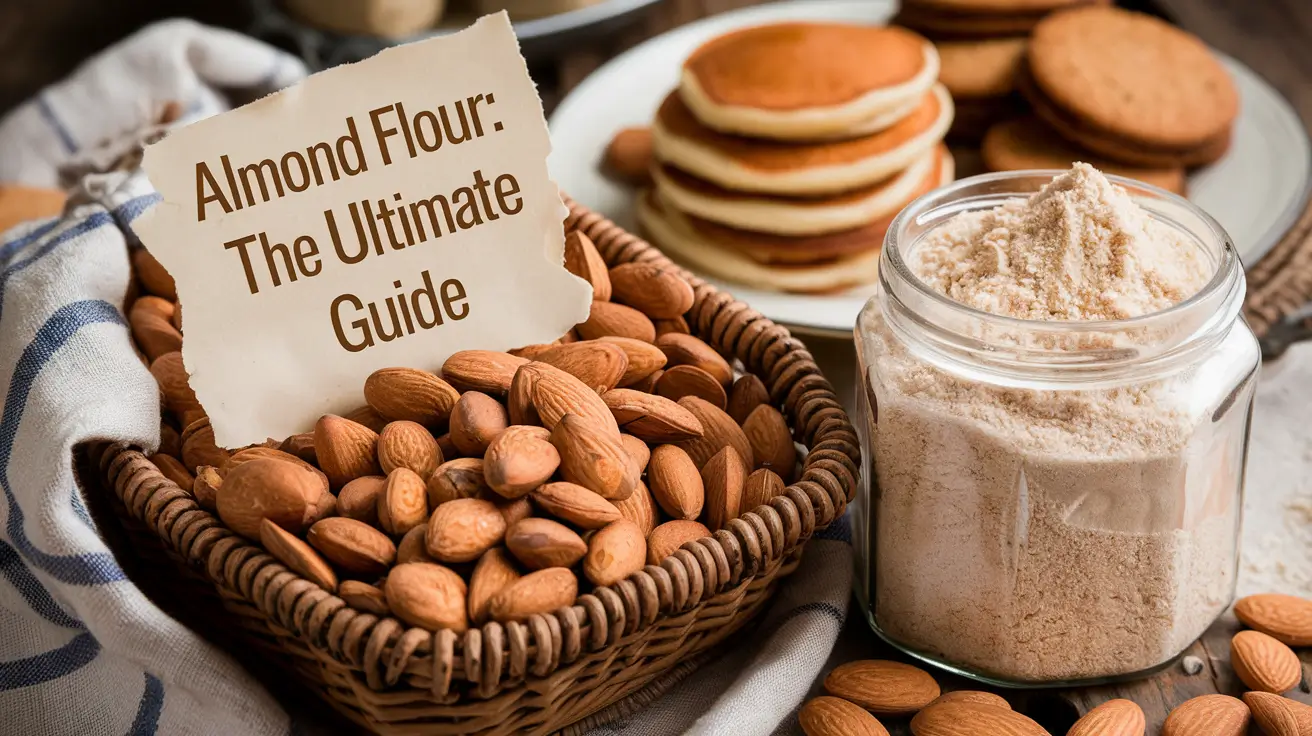The Ultimate Guide to Vegetarian Meatloaf: Hearty, Flavorful, and Nutritious

In recent years, vegetarian meatloaf has emerged as a popular alternative for those seeking to reduce their meat consumption without sacrificing the comfort of traditional dishes. This hearty, flavorful dish has captured the hearts of food enthusiasts, health-conscious individuals, and environmental advocates alike. In this comprehensive guide, we’ll explore everything from the history of meatloaf to the best vegetarian recipes, cooking tips, and nutritional benefits. Whether you’re a long-time vegetarian or simply curious about plant-based options, this post will equip you with all you need to know about creating the perfect vegetarian meatloaf.
What is Vegetarian Meatloaf?
Vegetarian meatloaf is a plant-based version of the classic comfort food, designed to mimic the texture and flavor of traditional meatloaf without using any animal products. Instead of ground meat, vegetarian meatloaf typically relies on a combination of legumes, vegetables, and grains to create a satisfying and protein-rich base. Common ingredients include:
- Legumes: Lentils, beans (such as black beans or kidney beans), and chickpeas
- Vegetables: Mushrooms, onions, carrots, and bell peppers
- Grains: Oats, breadcrumbs, or cooked quinoa
- Plant-based meat alternatives: Textured vegetable protein (TVP) or commercial meat substitutes
While traditional meatloaf is known for its dense, meaty texture and rich flavor, vegetarian versions can be just as satisfying. The key lies in the right combination of ingredients and seasonings to create a loaf that’s moist, flavorful, and holds together well. Vegetarian meatloaf often has a softer texture than its meat-based counterpart but can be equally, if not more, diverse in flavor profiles.
One of the advantages of vegetarian meatloaf is its versatility. It can be easily customized to suit different tastes, dietary restrictions, and nutritional needs. For example, it can be made gluten-free by using alternative binders, or adjusted to increase protein content by incorporating nuts or seeds.
Why Choose Vegetarian Meatloaf?
Opting for vegetarian meatloaf offers numerous benefits:
- Health Benefits:
- Lower in saturated fat and cholesterol compared to traditional meatloaf
- Higher in fiber, which aids digestion and promotes feelings of fullness
- Rich in vitamins, minerals, and antioxidants from plant-based ingredients
- Potential reduction in risk of heart disease, certain cancers, and type 2 diabetes
- Environmental Impact:
- Lower carbon footprint compared to meat production
- Reduced water usage and land requirements
- Decreased deforestation associated with animal agriculture
- Ethical Considerations:
- Aligns with animal welfare concerns
- Supports reduced dependence on industrial animal farming
- Accessibility and Versatility:
- Often more cost-effective than meat-based alternatives
- Ingredients are typically easy to find and store
- Can be adapted to various cuisines and flavor profiles
Several studies support these benefits. For instance, a study published in the Journal of the American Heart Association found that plant-based diets are associated with a lower risk of cardiovascular disease. Additionally, research from the University of Oxford suggests that cutting meat and dairy products from your diet could reduce an individual’s carbon footprint from food by up to 73%.
Ingredients Breakdown
Understanding the role of each ingredient is crucial to creating the perfect vegetarian meatloaf:
- Base Ingredients:
- Lentils: Provide protein and a meaty texture. Red lentils break down more, while green or brown lentils hold their shape.
- Beans: Offer protein and creaminess. Black beans work well for a darker loaf, while chickpeas provide a lighter color and nutty flavor.
- Plant-based meat alternatives: Give a texture closer to traditional meatloaf but may be higher in sodium.
- Binders:
- Eggs: Help hold the loaf together and add moisture.
- Flaxseed meal: A vegan alternative to eggs, it becomes gel-like when mixed with water.
- Chia seeds: Another vegan option that helps bind ingredients.
- Vegetables:
- Mushrooms: Add umami flavor and meaty texture.
- Onions and Garlic: Provide aromatic base flavors.
- Carrots: Offer natural sweetness and moisture.
- Bell Peppers: Add color and a slight crunch.
- Seasonings:
- Herbs (thyme, rosemary, parsley): Enhance overall flavor profile.
- Spices (smoked paprika, cumin): Add depth and complexity.
- Nutritional yeast: Contributes a cheese-like, savory flavor.
- Soy sauce or tamari: Adds umami and saltiness.
- Toppings:
- Ketchup glaze: Traditional and adds sweetness.
- Barbecue sauce: Offers a smoky, tangy flavor.
- Caramelized onions: Provides a gourmet touch and extra sweetness.
For those with allergies or specific preferences, consider these substitutions:
- Nut allergies: Replace nuts with seeds or additional beans.
- Gluten-free: Use gluten-free oats or almond flour instead of breadcrumbs.
- Soy-free: Substitute soy sauce with coconut aminos.
Step-by-Step Recipe for Classic Vegetarian Meatloaf
Here’s a detailed recipe for a delicious vegetarian meatloaf:
Ingredients:
- 2 cups cooked lentils
- 1 cup finely chopped mushrooms
- 1 medium onion, finely diced
- 2 cloves garlic, minced
- 1 carrot, grated
- 1 cup breadcrumbs
- 2 eggs (or 2 tbsp ground flaxseed mixed with 6 tbsp water)
- 1/4 cup ketchup
- 2 tbsp soy sauce
- 1 tsp dried thyme
- 1 tsp smoked paprika
- Salt and pepper to taste
- 1/4 cup ketchup (for topping)
Instructions:
- Preheat oven to 375°F (190°C). Line a loaf pan with parchment paper.
- In a large skillet, sauté onions, garlic, and mushrooms until softened, about 5 minutes.
- In a large bowl, mash the lentils, leaving some whole for texture.
- Add the sautéed vegetables, grated carrot, breadcrumbs, eggs (or flax mixture), ketchup, soy sauce, and seasonings to the lentils. Mix well.
- Press the mixture into the prepared loaf pan.
- Spread 1/4 cup ketchup evenly over the top.
- Bake for 40-45 minutes, until the top is browned and the loaf is firm.
- Let cool in the pan for 10 minutes before slicing and serving.
Tips for perfect texture and flavor:
- Sauté vegetables thoroughly to remove excess moisture.
- Don’t overmix the ingredients to maintain some texture.
- Let the loaf rest before slicing to help it set.
Variations and Customization Options
- Vegan Meatloaf:
- Replace eggs with 2 tbsp ground flaxseed mixed with 6 tbsp water.
- Use maple syrup instead of honey in glazes.
- Gluten-Free Meatloaf:
- Substitute breadcrumbs with 1 cup gluten-free oats or 3/4 cup almond flour.
- Ensure all other ingredients (like soy sauce) are certified gluten-free.
- High-Protein Meatloaf:
- Add 1/2 cup cooked quinoa to the base mixture.
- Incorporate 1/4 cup chopped nuts or seeds.
- Mix in 2 tbsp plant-based protein powder.
- Mediterranean-Style Meatloaf:
- Use chickpeas as the base.
- Add 1/2 cup chopped sun-dried tomatoes and 1/4 cup chopped olives.
- Season with oregano and basil instead of thyme.
- Top with a tomato-based sauce instead of ketchup.
Tips for Perfecting Vegetarian Meatloaf
- Ensuring the loaf holds its shape:
- Use a combination of mashed and whole legumes for varied texture.
- Don’t skimp on the binders (eggs or flax).
- Let the loaf cool for at least 10 minutes before slicing.
- Creating rich, savory flavor:
- Sauté vegetables before adding to intensify flavors.
- Use umami-rich ingredients like mushrooms, soy sauce, and nutritional yeast.
- Don’t be afraid to season generously.
- Balancing moisture:
- If the mixture seems too wet, add more breadcrumbs or oats.
- If too dry, add a bit of vegetable broth or non-dairy milk.
- Cooking tips:
- Use a loaf pan lined with parchment for easy removal.
- Cook at 375°F (190°C) for even cooking without drying out.
- Use a food processor to achieve a finer, more uniform texture if desired.
Nutritional Information and Health Benefits
Vegetarian meatloaf is typically lower in calories and saturated fat than traditional meatloaf while being higher in fiber and various nutrients. Here’s an approximate nutritional breakdown for one serving (1/8 of the recipe provided):
- Calories: 200
- Protein: 10g
- Fat: 4g (0.5g saturated)
- Carbohydrates: 30g
- Fiber: 8g
- Iron: 3mg (15% DV)
- Vitamin A: 1500 IU (30% DV)
- Vitamin C: 10mg (15% DV)
Health benefits include:
- High in fiber, promoting digestive health and satiety
- Rich in plant-based protein for muscle maintenance
- Low in saturated fat, supporting heart health
- Contains various vitamins and minerals from vegetables and legumes
Vegetarian meatloaf can fit into various diets:
- Low-carb: Reduce breadcrumbs and increase nuts/seeds
- Mediterranean: Use chickpeas, olive oil, and herbs like oregano and basil
- DASH diet: Low in sodium when using low-sodium ingredients
Serving Suggestions
Vegetarian meatloaf pairs well with a variety of sides:
- Classic: Mashed potatoes and steamed green beans
- Lighter option: Mixed green salad and roasted sweet potatoes
- Comfort food: Mac and cheese with sautéed broccoli
Sauce pairings:
- Mushroom gravy
- Tomato sauce
- Vegan cashew cream sauce
For festive occasions:
- Slice the meatloaf and arrange on a platter with fresh herbs.
- Serve with cranberry sauce for a holiday twist.
- Create mini loaves in muffin tins for individual servings.
Conclusion
Vegetarian meatloaf is more than just a meat-free alternative; it’s a delicious, nutritious, and versatile dish in its own right. By experimenting with different ingredients and flavors, you can create a meatloaf that suits your taste preferences and dietary needs. Whether you’re a committed vegetarian or simply looking to incorporate more plant-based meals into your diet, vegetarian meatloaf is an excellent option that doesn’t compromise on flavor or satisfaction. We encourage you to try our recipe, make it your own, and share your experiences. Happy cooking!
FAQ Section
Q: How do I make my vegetarian meatloaf firmer?
A: Use a combination of mashed and whole legumes, ensure you’re using enough binder (eggs or flax), and let the loaf cool before slicing. Adding ground nuts or seeds can also help with firmness.
Q: Can I freeze vegetarian meatloaf?
A: Yes, you can freeze vegetarian meatloaf. Wrap it tightly in plastic wrap and then aluminum foil. It can be frozen for up to 3 months. Thaw in the refrigerator overnight before reheating.
Q: What are the best plant-based proteins for meatloaf?
A: Lentils, black beans, chickpeas, and tempeh are excellent options. You can also use commercial plant-based ground meat alternatives for a texture closer to traditional meatloaf.
Q: How long does vegetarian meatloaf last in the fridge?
A: Properly stored in an airtight container, vegetarian meatloaf will last 3-4 days in the refrigerator.
Q: Can I make vegetarian meatloaf without eggs?
A: Yes, you can use flax eggs (ground flaxseed mixed with water) or commercial egg replacers. Some recipes also use mashed potato or additional mashed beans as a binder.




